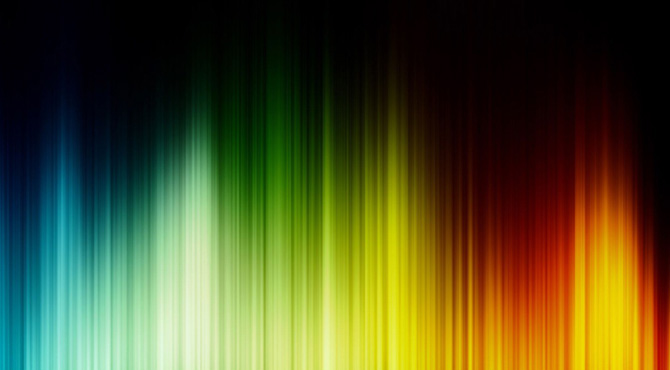
The definition of color from the Encyclopedia Britannica refers to the aspect of any object that may be described in terms of hue, lightness, and saturation. Color is regularly used to guide behavior, such as green traffic lights, and please our senses. Color is something that affects us every day, and is constantly present in our lives. (Nordeborn 2013) In the psychological literature, colors are known to have various emotional and psychological properties (Lichtle 2007).
When creating a web page, color is always the first element to consider in web design. It is a prominent part of website aesthetics and has been shown in the literature to have both positive and negative psychological effects. In the early 1990’s, web designers liked to use white color background with black text or a black background with white text, it was so called Optimal legibility. (Nielsen 2000) The design of the website “power from the Rapids” stems from that era. It has a blue background and black text on the website. From the readability perspective, it is easy to browse and read. But as a city museum website, it was lacking characters.
After the turn of the millennium, the mainstream of web pages became more colorful. They do not only have the black and white color elements, but various color combinations have been used in designing the webpage. It has been 20 years since the last update of the website “Power from the Rapids”. Now it is necessary to bring more color effect into the website. As research shows for the commercial sites, where aesthetic and purchasing behavior factors are a major concern, chromatic (colored) text/background combinations should be used. Chromatic colors are more likely to lead the viewer to see a site as more visually pleasing and stimulating. (Hall and Hanna 2004) This would be a direction when considering designing the new “Power of the Rapids” website. In order to attract more online visitors to the history museum, we need to utilize a different color combination to apply in the website design.
References:
Nassau, K. (2020, January 7). colour. Encyclopedia Britannica. https://www.britannica.com/science/color
Nordeborn, G. (2013). Master’s thesis. The Effect of Color in Website Design: Searching for Medical Information Online,Lund University, Sweden.
Lichtle, M. (2007). The effect of an advertisement’s colour on emotions evoked by an ad and attitude towards the ad.International Journal of Advertising, 26(1), 37.
NIELSEN, J. (2000). Designing Web Usability: The Practice of Simplicity. Indianapolis, IN: New Riders Publishing.
HALL, R. and HANNA, P. (2004). The impact of web page text-background colour combinations on readability, retention, aesthetics and behavioural intention. NO. 3, 183–195. BEHAVIOUR & INFORMATION TECHNOLOGY, MAY–JUNE 2004, VOL. 23.